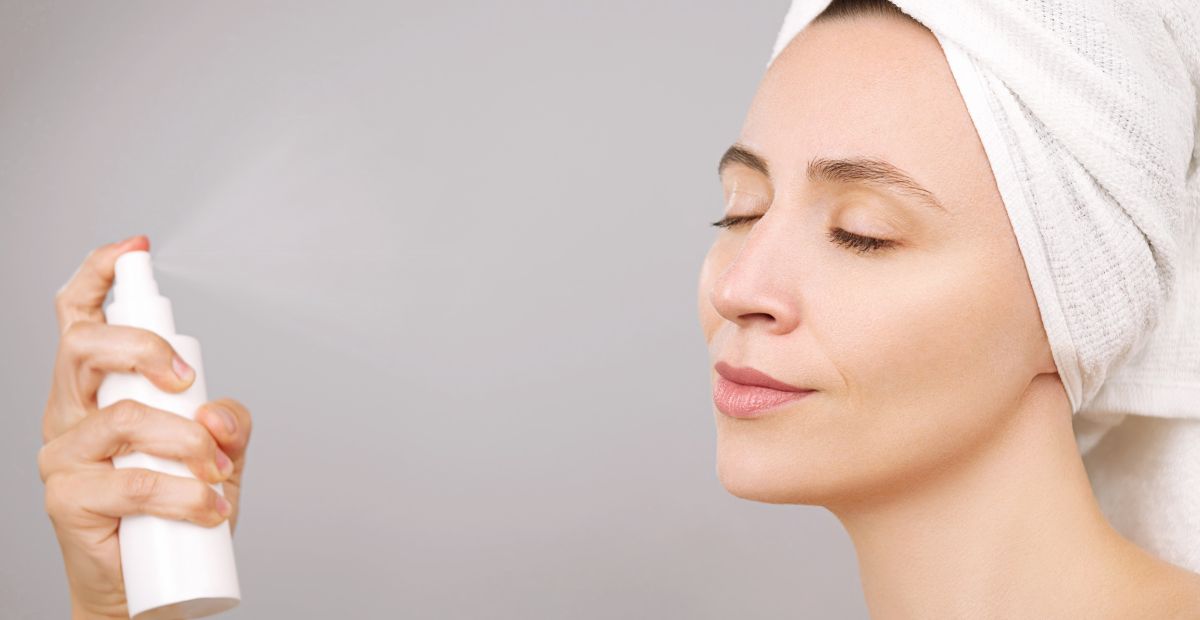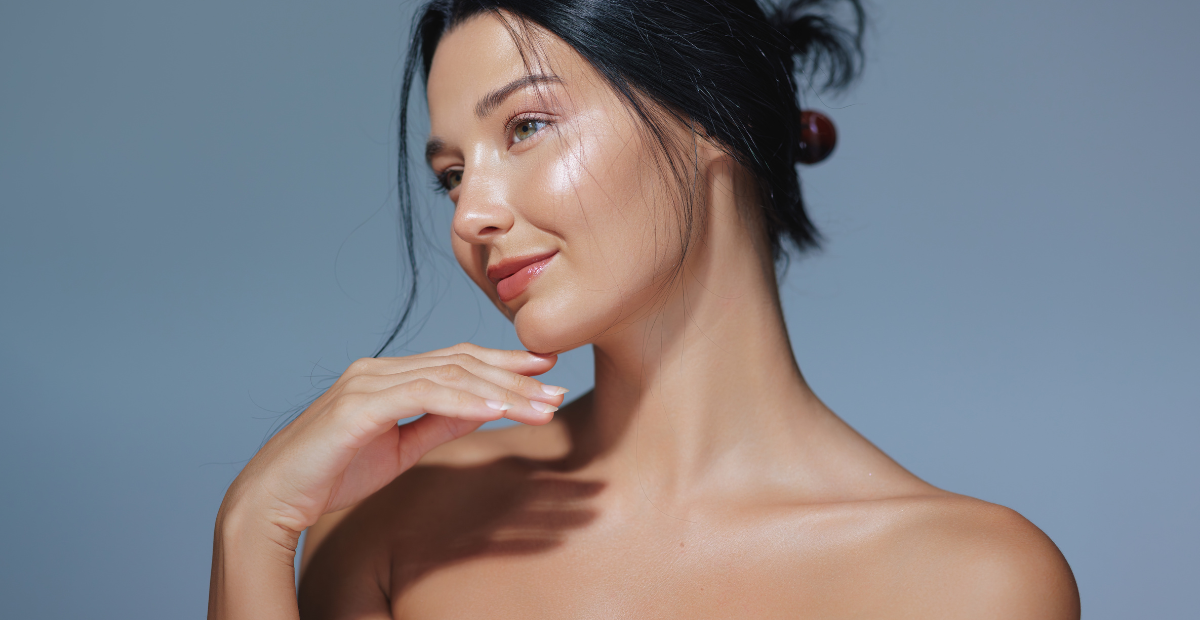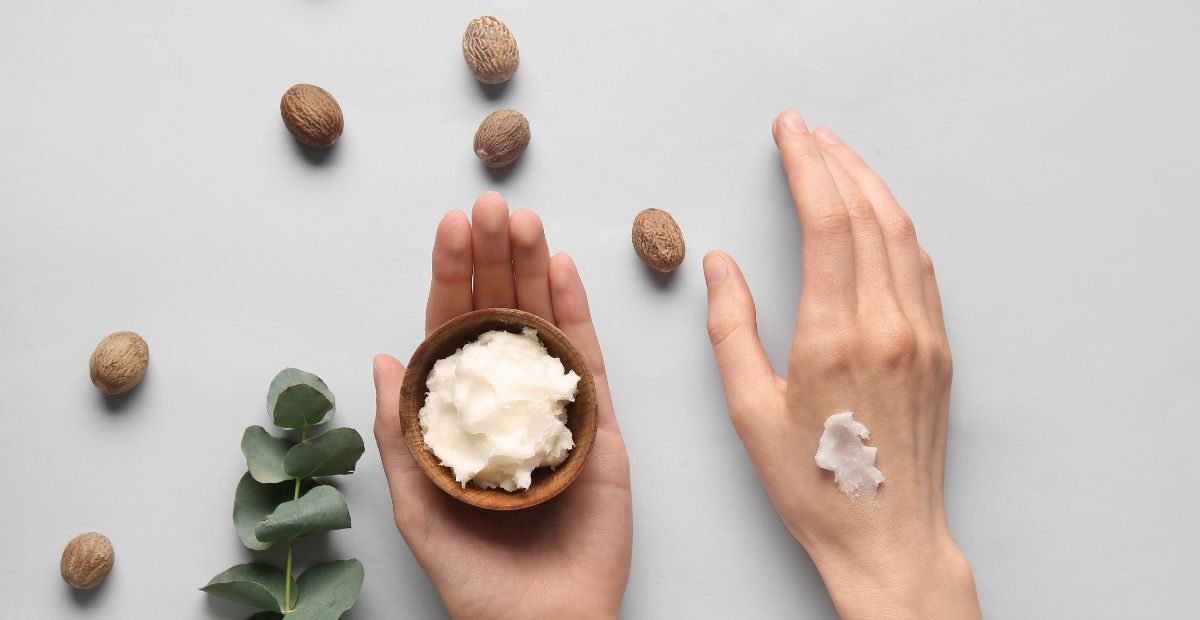Sunscreen Filters Explained: Your Go-To Guide to Sun Protection
Onskin Content Team
Your guides through the skincare chaos
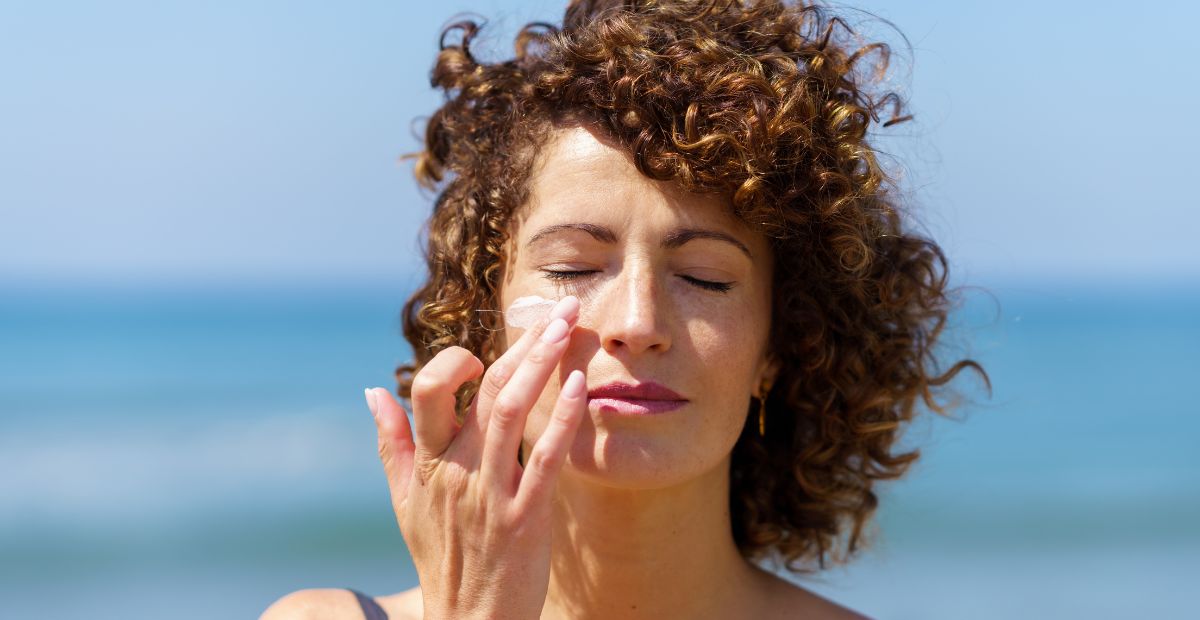
Did you know that 90% of visible skin aging comes from sun exposure? Yup, the sun doesn’t just cause sunburn—it’s also behind those premature fine lines, dark spots, and saggy bits. The good news? There’s a solid defender. And that’s your sunscreen.
But here’s the twist: not all sunscreens are created equal. There are different UV filters inside, each with its pros and cons. So let’s break it down and find out which sunscreen filters will keep your skin both glowing and protected. OnSkin, in turn, is here to help you check if your favorite sunscreen actually matches your skin type.
Why You Should Care About Sunscreen
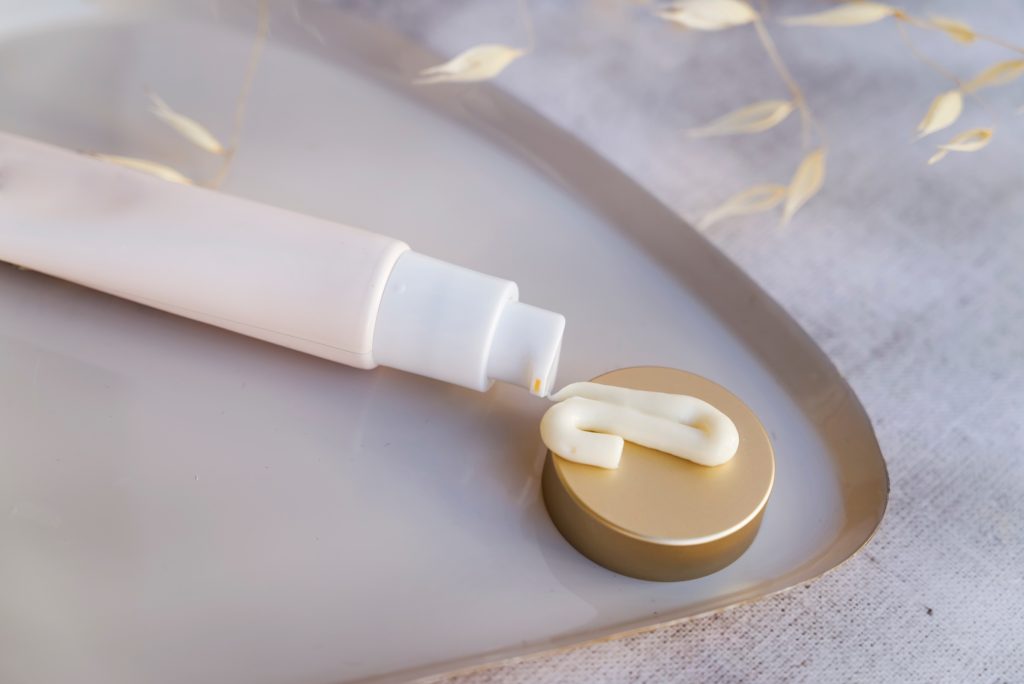
First things first: why is shielding yourself from the sun so important? Well, the sun emits ultraviolet (UV) rays, which are basically invisible ninjas attacking your skin 24/7. These sneaky rays are the main culprits behind sunburn, early signs of aging, and even severe skin issues such as melanoma. (No jokes here: skin cancer is the most frequently diagnosed cancer in the United States.)
There are three types of UV rays:
- UVC: The most harmful ones, but fortunately, the ozone layer protects us from them.
- UVB: These rays cause sunburn and can harm DNA, which may lead to skin cancer.
- UVA: Sneaky and sinister, they penetrate deeper and can age the skin (photoaging is the right term here) as well as play a role in some skin cancers.
2 Types of Sunscreen Filters
Now, let’s talk about the chemistry of sunscreen, because those filters inside your sun-defender are what keep you safe. In fact, there are two types of sunscreen filters—physical filters and chemical filters.
Physical Filters (aka Mineral Sunscreens)
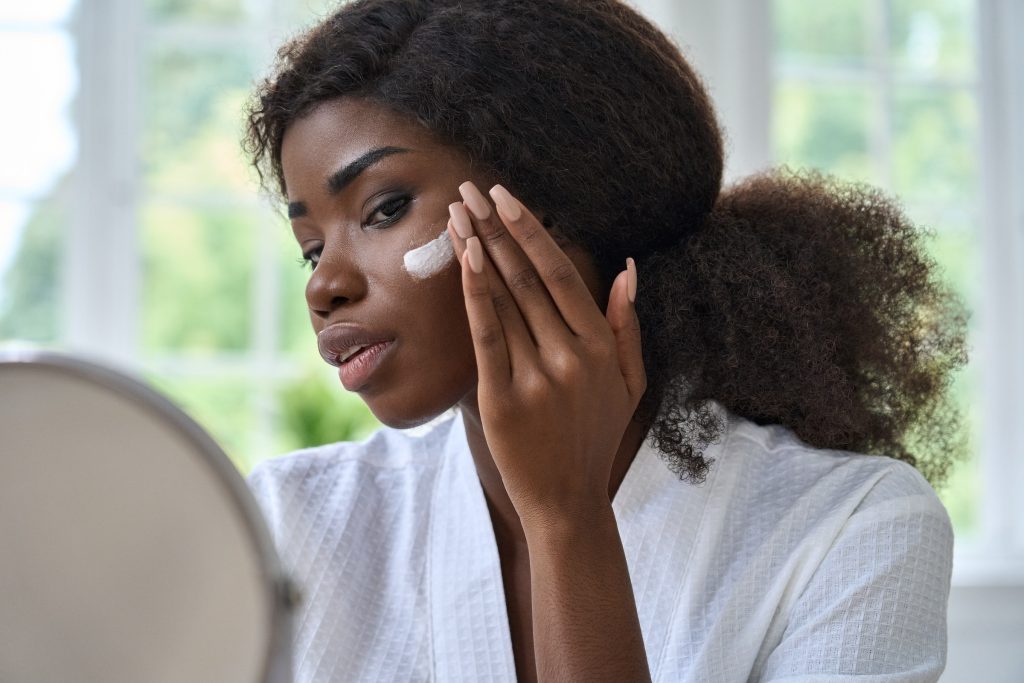
These sunscreen filters sit on top of your skin and act like a mirror, reflecting UV rays away. Simply put, they form a protective layer on the surface of the skin. There are two active sunscreen ingredients in them:
- Zinc oxide
- Titanium dioxide
Sunscreens with these UV filters are often loved for working right away. They kick in instantly, so you don’t have to wait before going outside.
Mineral filters are also known for being kinder to sensitive skin (less chance of flare-ups or freak-outs.) Plus, they protect against both UVA and UVB rays. At the same time, mineral sunscreens can sometimes feel a bit thick and leave a white residue, particularly on darker skin tones. Luckily, newer formulas are getting better at blending in!
Chemical Filters (aka Organic Sunscreens)

Chemical filters work differently. They absorb UV rays, turn them into heat, and release that heat from your skin. This makes products with these filters lightweight, easy to spread, and perfect under makeup.
Unlike physical filters, chemical UV filters don’t leave a white cast. They’re often more resistant to water, which is great if you’re sweating or swimming. However, they need about 20-30 minutes to fully absorb before they start working.
So, what are chemical sunscreen active ingredients? These include filters like avobenzone, Mexoryl SX, and Tinosorb S (also known as bis-ethylhexyloxyphenol methoxyphenyl triazine) among others. Simply put, these are all UV filters that aren’t classified as mineral ones.
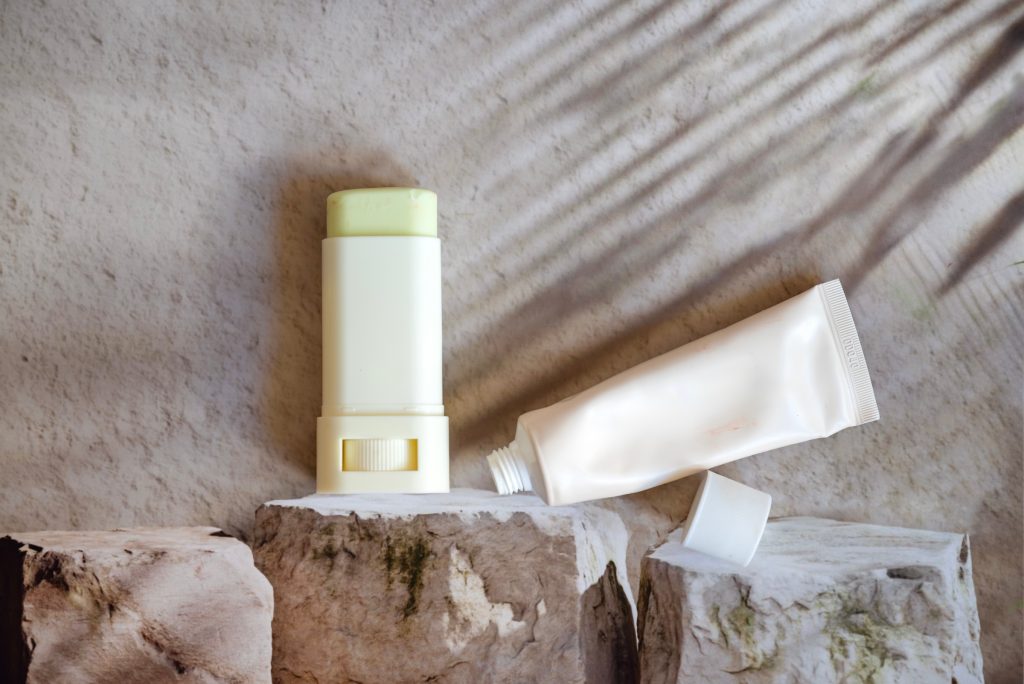
Compared to mineral filters, many chemical ones aren’t photostable. This means they can break down easily when exposed to UV rays. Here’s why many organic sunscreens include several UV filters, stabilizers, and SPF boosters. These help maintain the effectiveness of such sunscreens.
Plus, manufacturers often add hyaluronic acid, ceramides, and peptides for extra hydration, as well as antioxidants like niacinamide and vitamin C to improve skin tone and protect against damage. It’s always a good idea to check the ingredient list for these added benefits, and OnSkin can help with that.
Sunscreen Filters to Better Avoid
On the flip side, some chemical UV filters raise safety concerns. Ingredients like oxybenzone (benzophenone-3), homosalate, and octinoxate have been associated with possible health risks.
For instance, benzophenone-3 can interfere with hormone balance. Homosalate and octinoxate are also thought to potentially harm the endocrine system. And if you have allergy-prone skin, the American Academy of Dermatology recommends avoiding SPFs with oxybenzone.
Plus, ingredients such as oxybenzone and octinoxate have sparked environmental worries due to their harmful impact on coral reefs. And now they’re banned in certain areas.
What about SPF Number?
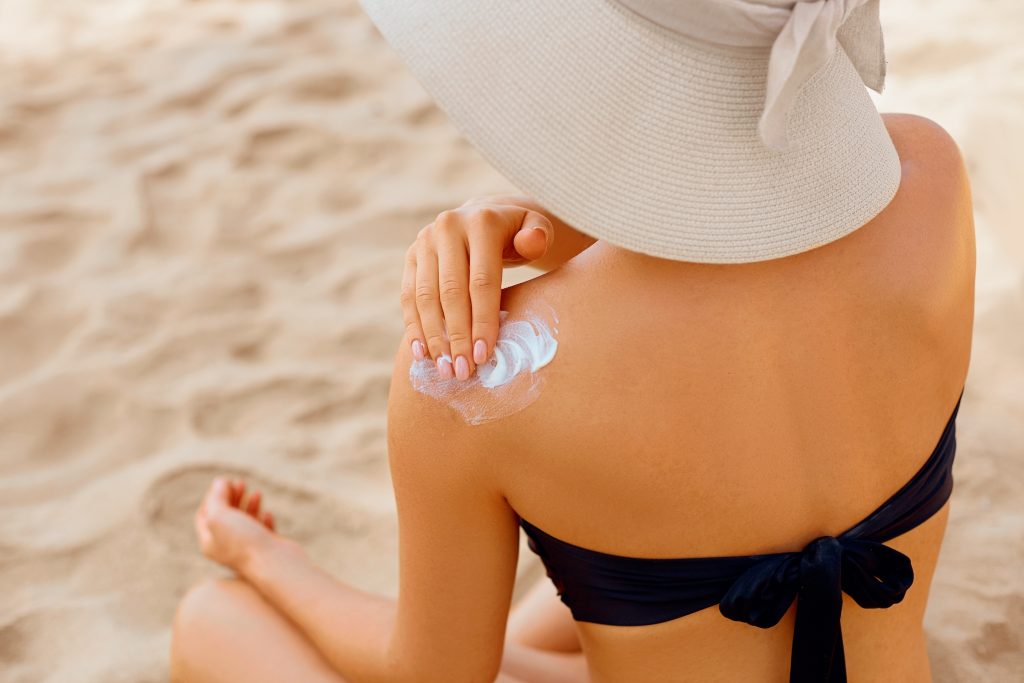
SPF (Sun Protection Factor) measures how well a sunscreen protects you against UV rays.
But here’s a common myth: SPF isn’t about the time you can safely stay in the sun—it’s about the amount of solar exposure it’ll shield your skin from. For example, 15 minutes at 1 PM can hit you with as much UV as an hour at 9 AM. (Also, a higher SPF doesn’t mean twice the protection—SPF 30 blocks 97% of UVB rays, while SPF 50 blocks 98%.)
That’s why checking the UV index is a smart move. It’s easy—just open the weather app on your phone. If the UV index is 6 or higher, the sun’s rays are intense enough to lead to sunburn. On those days, SPF 50+ is a must, and it’s best to seek shade and limit direct sun exposure, especially during peak hours.
So, which SPF should you go for? Here’s a simple guide:
- SPF 30 is perfect for everyday city life.
- SPF 50 is ideal for beach days, outdoor workouts, or if you burn easily.
- SPF 50+ is a must if the UV index is high.
And one more thing—if you use acids or over-the-counter retinoids, your skin is extra sensitive to UV damage. That means SPF 50 is non-negotiable every single day, no matter the UV index.
So, Which One To Choose?
It truly depends on your skin type and daily habits. If you have sensitive skin or need quick protection, choose mineral sunscreen. If you want something lightweight, more water-resistant, and easy to wear daily, a chemical sunscreen might be your best bet. And if you can’t decide? Some sunscreens combine both filters for the best of both worlds!
Consider Your Skin Type

Oily or combination skin? A mix of safe chemical filters with a bit of mineral ones can work best for and give solid protection without feeling heavy. As for the formula, you’ll probably love lightweight textures like fluids—they feel barely there.
Dry or sensitive skin? It’s all about preference—you can go for all-mineral or a combo of mineral and safe chemical UV filters. Even if mineral sunscreens tend to have a thicker feel, dry and sensitive skin types usually tolerate them well. When it comes to formula, a richer cream formula might be your best choice.
And don’t forget to check OnSkin when choosing a new product to see if it’s a good fit for your skin (and is potent and safe).
Go for Broad-Spectrum Protection
What’s even more important here is to opt for a sunscreen that guards against both UVA and UVB rays. This way you’ll protect your skin from sunburn (caused by UVB rays) and premature aging (as a result of UVA damage.) Thus, always opt for a sunscreen labeled as “broad-spectrum.”
Apply and Reply Properly
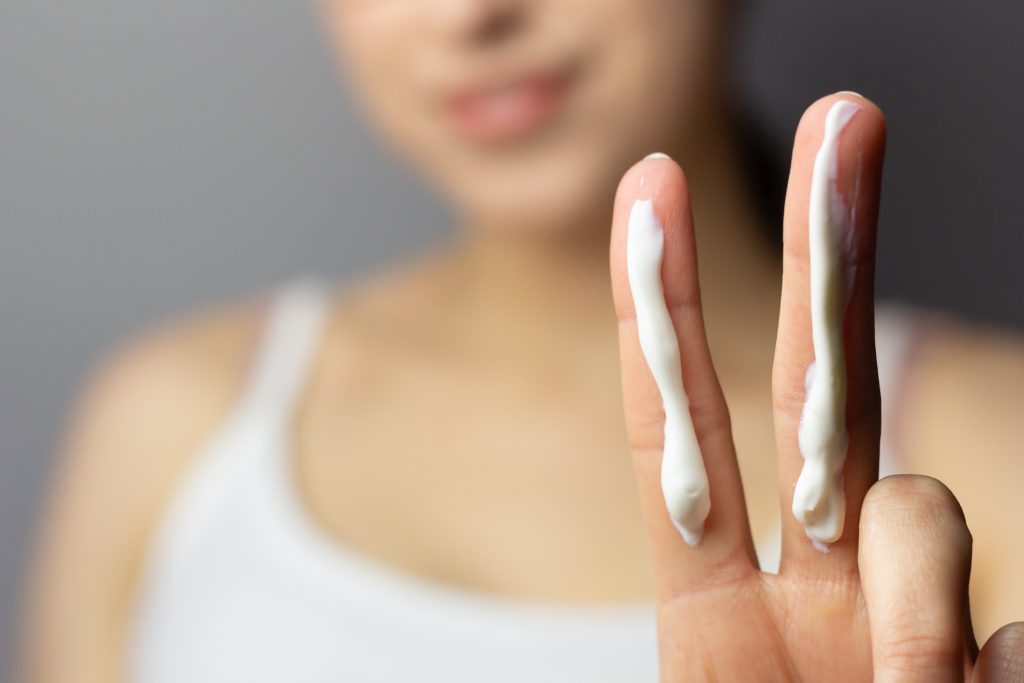
In general, the formula you pick is totally up to you since they all protect the same way. What truly counts is how you apply them. With a stick, go slow or swipe over the same spot a few times to get enough coverage. Creams work best when you pat them in after spreading. And fluids? Just slap them on like your usual moisturizer!
On top of that, never forget to reapply your sunscreen every 2-3 hours and more frequently if you’re swimming or sweating. A guide to common sunscreen mistakes can help you make sure that you use your SPF the right way.
Remember This
Now you know that choosing the right sunscreen isn’t just about grabbing the first bottle labeled “SPF 50.” So, which UV filters are you going for—chemical, mineral, or a mix of both? The key thing to remember: sunscreen filters guard you against early aging and skin cancer. The sooner you make SPF a non-negotiable part of your routine, the longer your skin will thank you.
Do your future self a favor: find the SPF you love, wear it every single day, and reapply like your skin depends on it. Because it does. ☀️✨
- UV radiation in DNA damage and repair involving DNA-photolyases and cryptochromes. (2021). https://pmc.ncbi.nlm.nih.gov/articles/PMC8615538/
- Benzophenone-3: Comprehensive review of the toxicological and human evidence with meta-analysis of human biomonitoring studies. (2023). https://www.sciencedirect.com/science/article/pii/S0160412023000120
- How do I know if I'm using the right sunscreen? https://www.aad.org/public/everyday-care/sun-protection/shade-clothing-sunscreen/choosing-right-sunscreen
FAQ
-
Where do I start with OnSkin?
Download the app and think of a product you’d like to know more about. Then, go to the main screen and choose how you’d like to get the info —by manually looking it up in the search bar, by scanning its barcode, or by simply taking a picture of the packaging. Once you’ve done any of these, you can see how safe the product is and if it suits your skin or hair (if this analysis is available).
-
What is Safety Rating, and how is it calculated?
In OnSkin, we base product rates on ingredients. Each is closely studied by our medical team and then evaluated. This way, each product gets a score from 0 to 100, with 100 as the safest level.
Safety Levels
- Excellent (76–100)
- Good (51–75)
- Not great (26–50)
- Bad (0–25)
These scores are backed by the latest scientific studies. You can find links to the resources we’ve used on each ingredient page. To assess the safety of product ingredients, we evaluate them according to the following parameters/criteria
- Endocrine disruption risk / Reproductive toxicity
Indicates the probability of mimicking, blocking, or interfering with the body hormones.
- Сarcinogenicity
Measures the potential risk of inducing cancer.
- Allergy risk
Estimates the probability of an allergic reaction.
- High concentration alert
Determines the risk of being unsafe in certain amounts.
-
What is Skin Match?
Based on the info you input about your skin type, age, skin care goal, and other “settings,” OnSkin checks how well a product is tailored to your unique skin needs — it’s basically like a dermatologist helping you find the right products, minus the fees and the long wait. The product you’re checking might be labeled as It’s a match!, Hit-or-miss, or Not a match for you. The app also detects ingredient groups such as Anti-acne, Anti-inflammatory, Moisturizes, May be drying, Comedogenic, and others — by tapping one, you see exactly what ingredients from this or that group are in the product.
-
I seem to have a problem with using the app. Who should I contact?
Please reach out to us at [email protected], and we’ll carefully look into your issue. Your ideas for improving the app are also very welcome!
-
Do you have an Android version?
Not yet! Hey Android users, we hear you, and we're thinking about making an Android version, but we haven't started the development yet.
Tracker Sent!
It’s on the way to your inbox.


